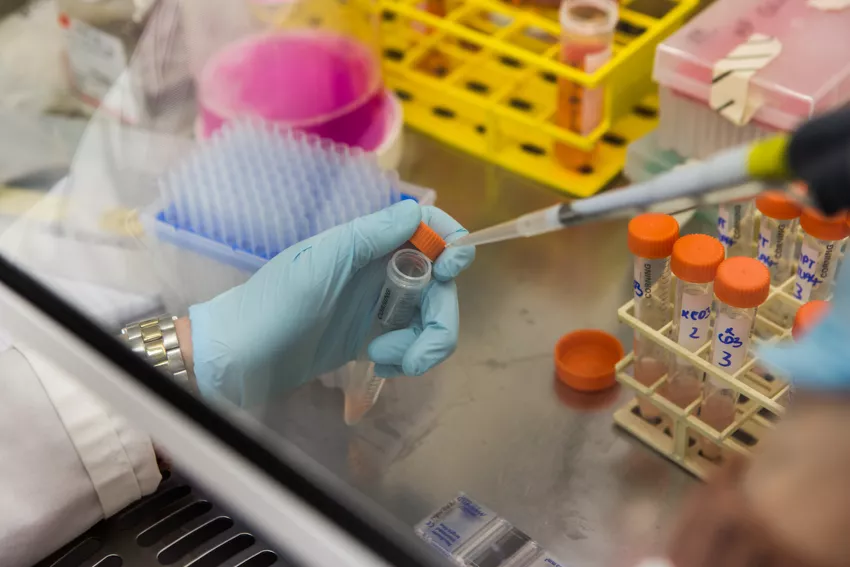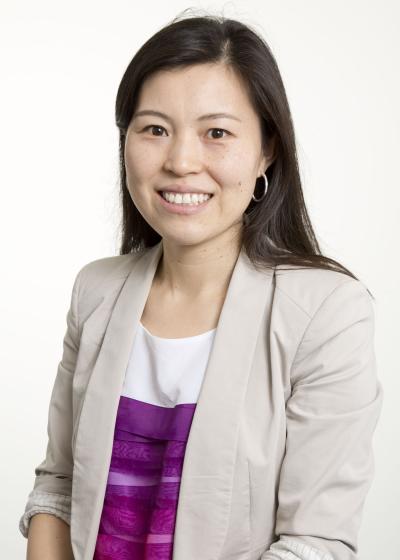
We’re bringing the exciting research that we’re funding from the Lab to Life in our new series.

First up in our research series, Dr Li Kang! Dr Kang (pictured) is a Reader in Diabetes Endocrinology and Reproductive Biology in the School of Medicine, University of Dundee.
She leads a research group focused on obesity and how the condition impacts the way the body uses sugar (glucose), as well as complications linked to obesity.
We’re funding Dr Kang to explore how a network of proteins can impact on the structure and function of different organs in obesity, and increase the risk of type 2 diabetes.
Dr Kang explained her motivations for her research:
“Like many East Asians, I have a family history of diabetes. My grandma, my mum, and many of my aunts have type 2 diabetes. I know I'm most likely going to get type 2 diabetes one day, so I think it makes me really anxious to understand how we can avoid the condition.”
A big build-up of little molecules
Our bodies have special proteins and molecules that give support to our cells and help them to communicate with each other.
Dr Kang has found that, in mice with obesity, there is a build-up of these structural proteins in fat, muscle, heart, and kidney tissues.
This build-up of proteins makes it harder for cells in these tissues to respond to insulin and other hormones that are key to blood sugar control.
This process could help to explain why obesity can increase the risk of developing type 2 diabetes.
Piecing the protein puzzle together
Dr Kang said:
“Everyone wants to understand the development of type 2 diabetes so that we can cure it. We have many good drugs for type 2 now but we're still not targeting the right thing.”
Dr Kang’s research is focused on a structural protein, collagen, and a molecule called hyaluronan. She’s interested in how they communicate with cells once they’ve “docked” onto parts of the cell’s surface, called receptors. After they dock, some proteins inside the cell become activated.
Dr Kang thinks that these interactions might change how cells respond to different hormones. For example, they might affect how insulin connects to its own receptors on the cell surface and sends signals inside the cell.
Reversing the process
Dr Kang is testing different drugs to remove the build-up of structural proteins and molecules to see if she can improve how the cells respond to insulin. This could help us to find a new way to intervene in the development of type 2 diabetes with the hope of preventing it.
“If we can reverse the early build-up of these structural proteins, maybe we'll be able to reverse how the cells behave or work in obesity. Perhaps that will prevent the cells progressing to the stage seen in type 2 diabetes when beta cells aren’t able to produce insulin. So this research could be preventative against type 2 diabetes.”
Catching complications early
Dr Kang is also studying early changes to the structure and function of heart and kidney tissue from mice with obesity. Heart and kidney disease are two harmful diabetes-related complications. This research could improve our understanding of how these complications advance in obesity before type 2 diabetes develops and how to prevent them.
Dr Kang says:
“I am deeply grateful for the continuous research support from Diabetes UK. They funded my very first project grant in 2017, which laid the foundation for my independent research in obesity and type 2 diabetes. I cannot thank Diabetes UK enough in words.”
We asked Dr Kang what she likes to do in her spare time.
“I like to stay active and do group sports, which is great for networking. I play badminton every week to de-stress and then have a glass of wine! I also recently started ballet classes. One of my daughters has been doing ballet since she was about 4 or 5. She's like mum, you’ve got to try this! I didn't have the opportunity to do ballet growing up. I started last year, and I've been going every week!”
